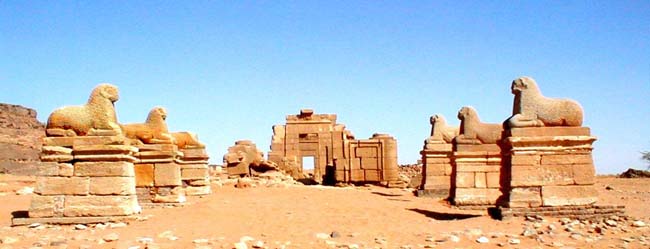The War in Sudan Reaches Meroe (UNESCO World Heritage Site)
By Ibrahim Omer. Updated: 2/12/2024 Listed by the UNESCO as a World Heritage site, Meroe is one of the most historically and archeologically rich places in Sudan. The ongoing conflict in Sudan, between Sudan Armed Forces (SAF) and the Rapid Security Forces (RSF), reached Meroe again in the third week of January. The conflict reached the region for the first time on April 15, 2023 when the ongoing fighting started. A number of Arabic media outlets reported on this development on January 17 (e.g. France 24 and Sky News). The fighting allegedly included SAF airstrikes against RSF advancements on land. Meroe was an administrative and religious center in the kingdom of Kush for nearly a thousand years (from the eighth century BC to the mid-fourth CE). In the fourth century CE, Meroe became the capital of the Kushite kingdom mentioned by Classical writers such as Herodotus and Pliny the Elder. The region contains a number of archeological sites including Naqa and Musawwarat es-Sufra, with temples, palaces, and three cemeteries with numerous pyramids. The sites of the Meroe region suffered from lack of restoration since 1989, when the now ousted autocrat president Omar al-Bashir assumed the office of the presidency. The radical Islamic (Muslim Brotherhood) affiliation of the political parts to which al-Bashir belongs, discourages interest in ancient history. As of the time of the writing of this article, no further information about the condition of the archeological sites is available. |
